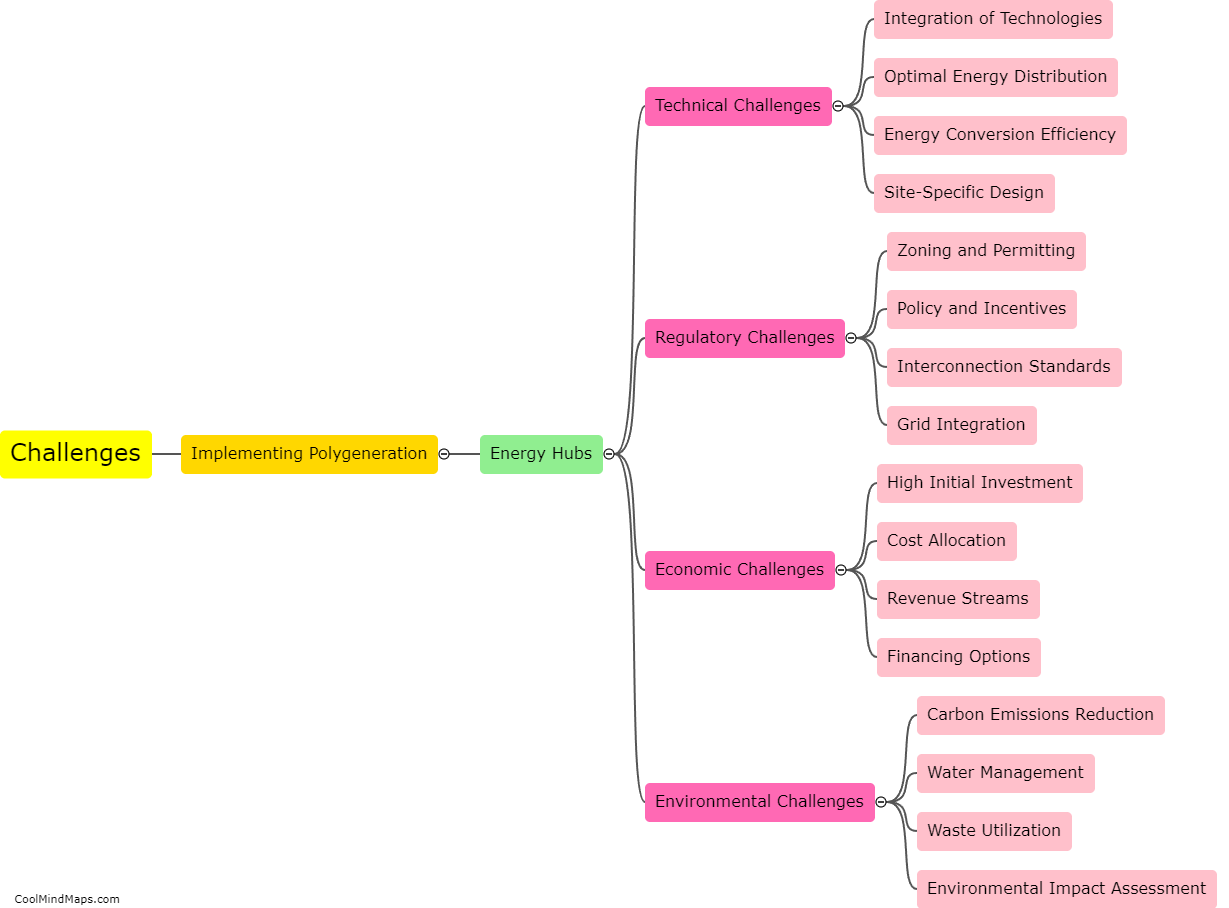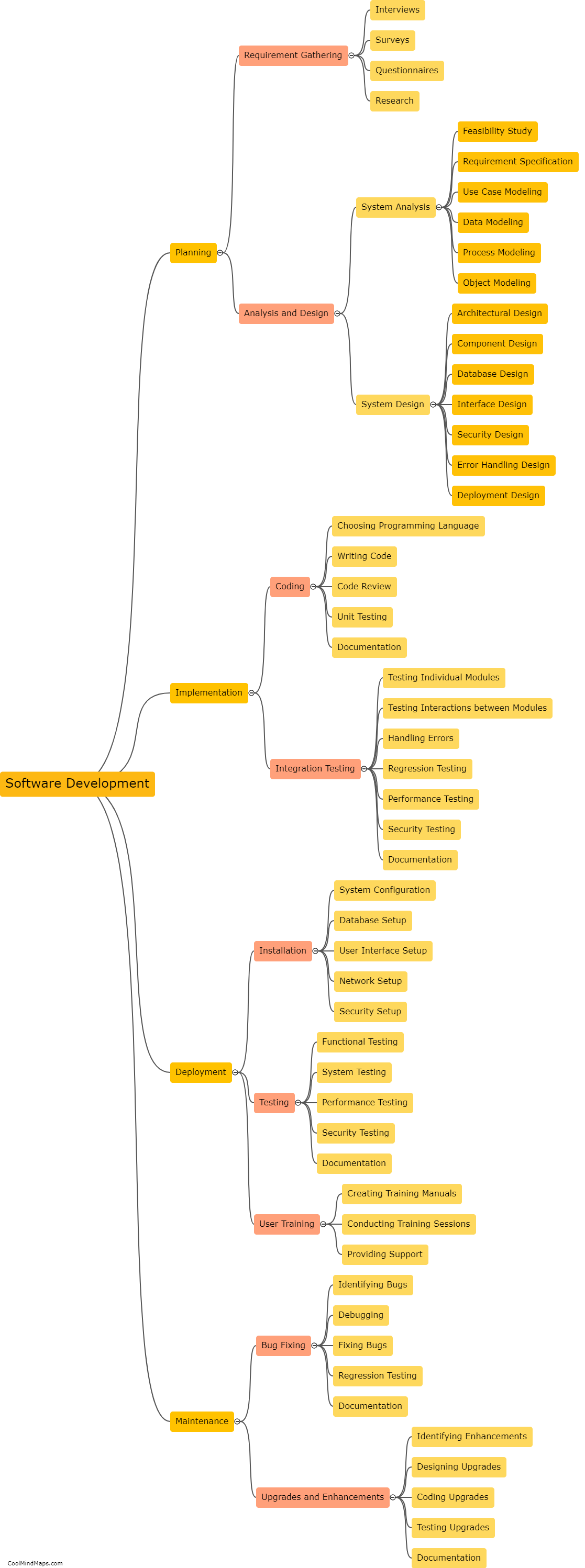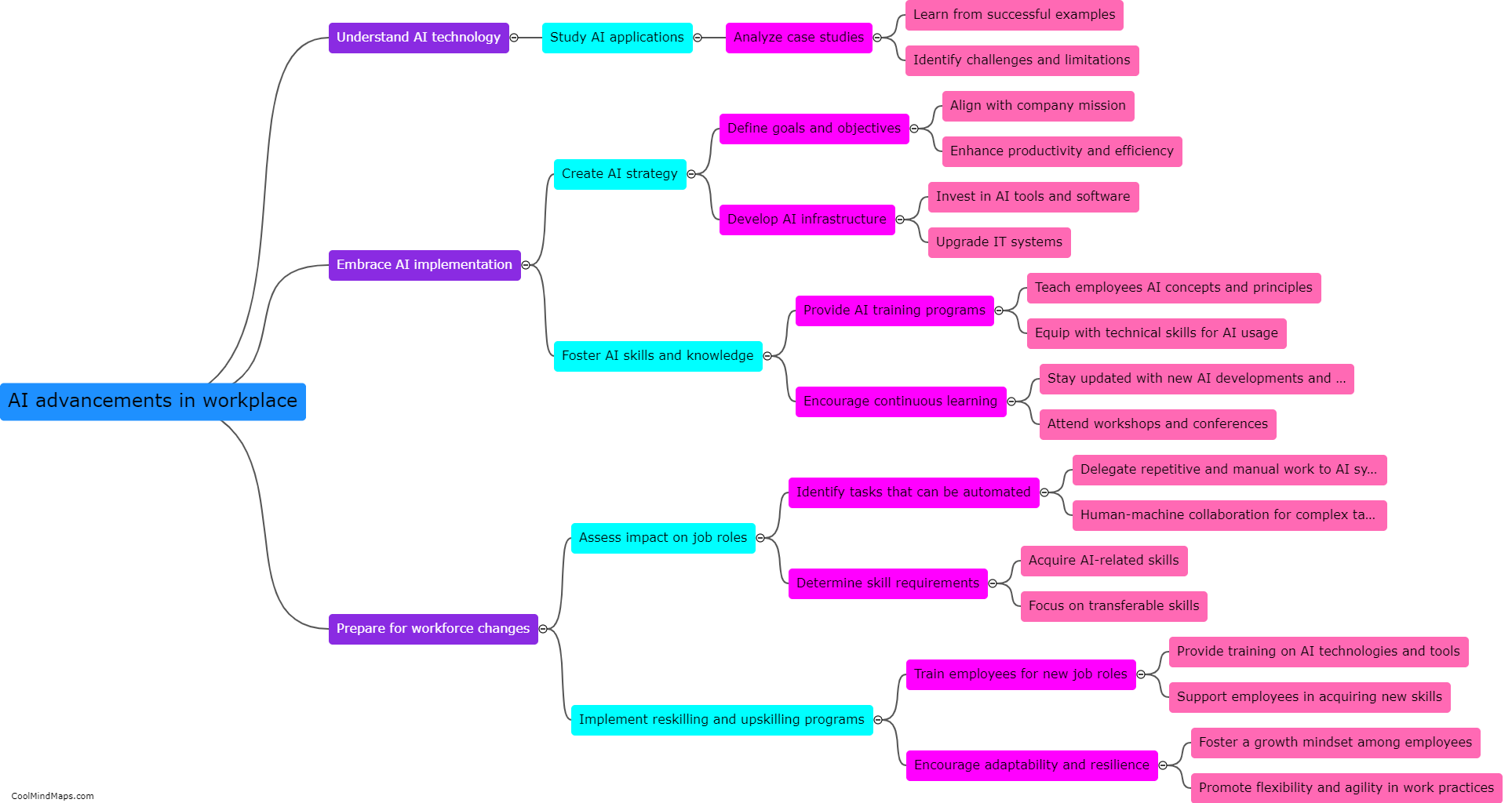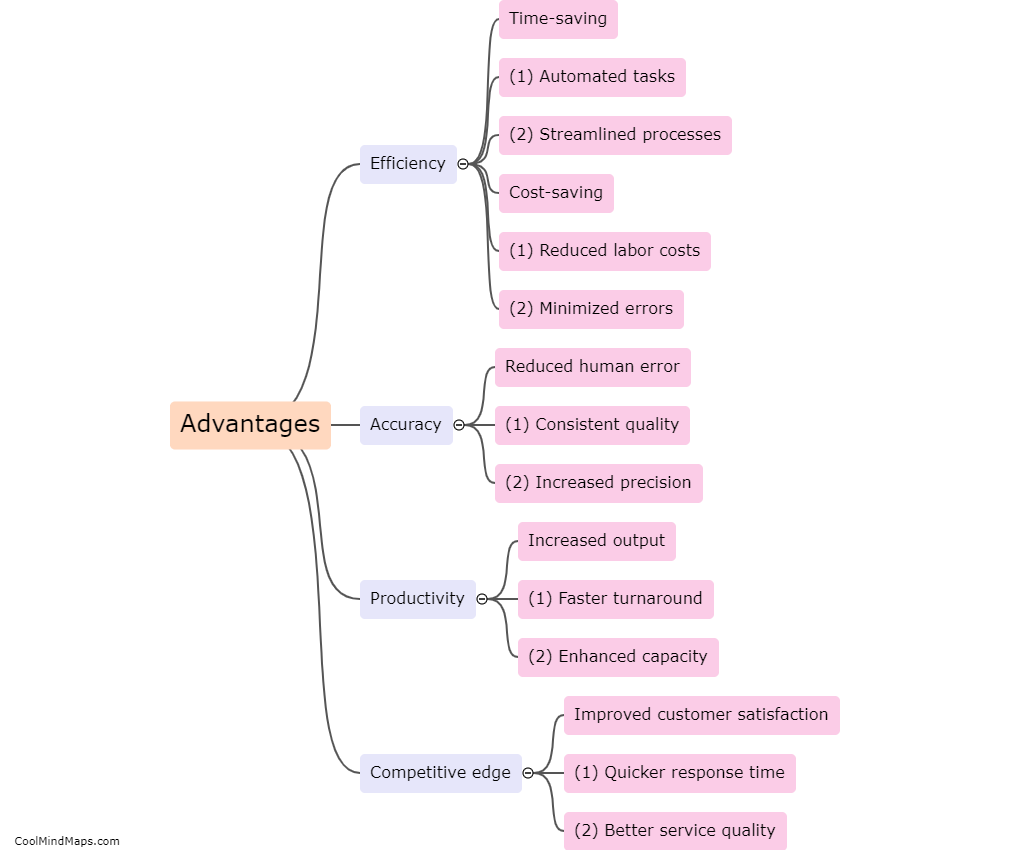How is myasthenia gravis diagnosed?
Myasthenia gravis is typically diagnosed through a combination of medical history, physical examination, and specific diagnostic tests. The doctor will begin by reviewing the patient's symptoms and medical history, looking for signs of muscle weakness and fatigue that worsen with activity and improve with rest. A comprehensive physical examination will then be conducted to assess muscle strength, reflexes, and coordination. To confirm the diagnosis, specific tests like blood tests to check for antibodies against acetylcholine receptors or muscle-specific kinase (MuSK) antibodies may be ordered. An electromyography test can measure the electrical activity in the muscles and determine if there is a problem with the way nerves communicate with muscles. Additionally, a nerve conduction study can assess the speed and strength of the signals traveling between nerves and muscles. These diagnostic tests help in the accurate identification of myasthenia gravis, allowing healthcare providers to develop an appropriate treatment plan.

This mind map was published on 16 September 2023 and has been viewed 95 times.











